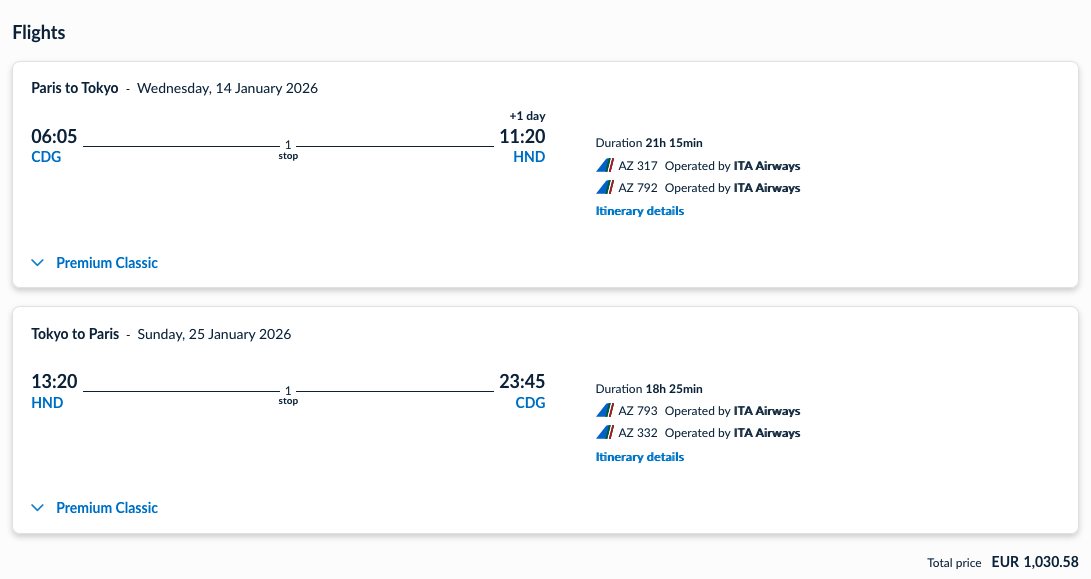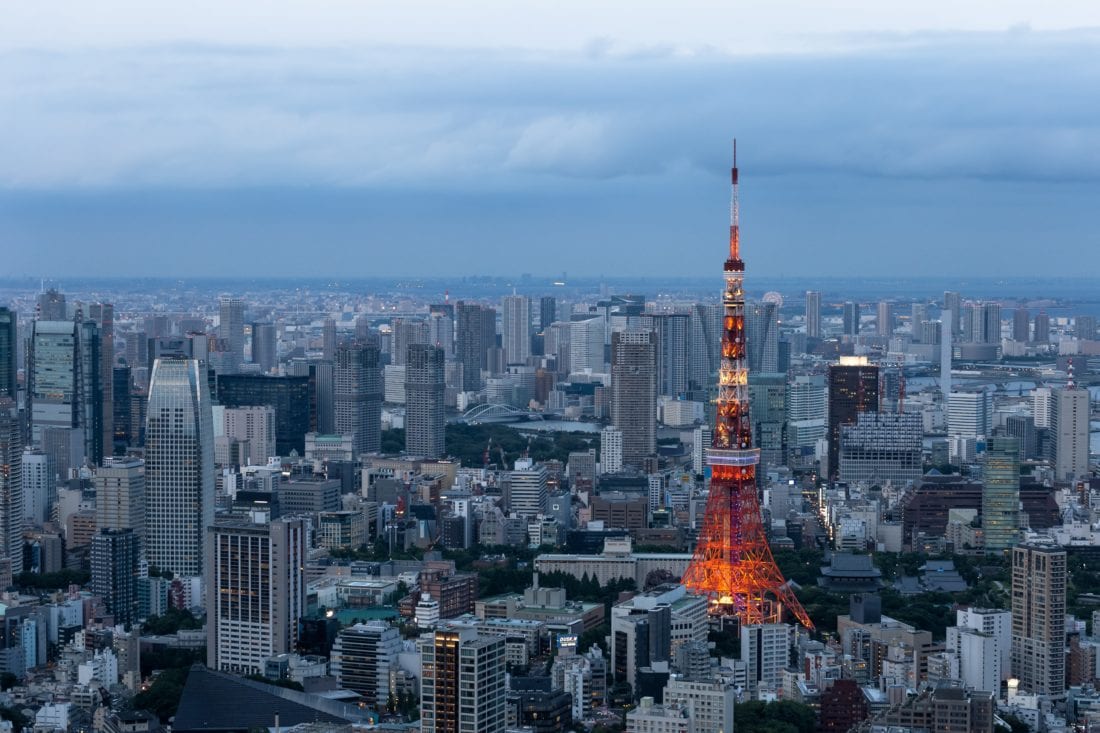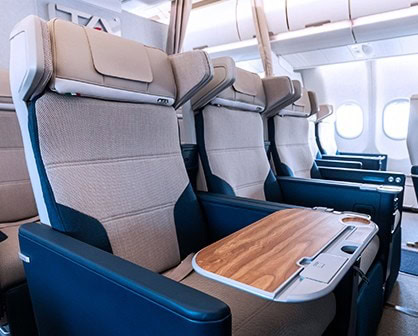SkyTeam member ITA Airways is offering a deal from Italy, Spain, France and Belgium to Tokyo Haneda, starting at just €1,030. This deal includes 2×23 kg checked luggage. Most departures are available until February, with additional departures in April.
From these airports, short layovers in Rome are possible in both directions:
- Paris at €1,030
- Madrid at €1,082
- Barcelona at €1,082
- Bologna at €1,153
- Milan at €1,210
- Rome at €1,235 (non-stop)
- more Italian cities
These two airports require at least an overnight stay on the inbound flight in Rome:
Our availability calendar highlights all possible flight dates at the lowest price for trips up to 28 days. It will forward you to ITA Airways and Skyscanner with your selected flight dates. From Skyscanner, you can check what OTAs have to offer, as they sell these tickets up to €40 cheaper:

You will fly to Rome in one of ITA’s Airbus 320 with a standard 3-3 economy cabin, while the flight to Tokyo Haneda will be in the Airbus 330-900Neo in a 2-3-2 premium economy cabin, compared to 2-4-2 in economy class.
ITA’s premium economy class is offered on long-haul flights from and to Rome. An extra cabin with a maximum of 17 seats provides a nice and cosy atmosphere. 2 x 23 kg of luggage are included, and you’ll save some time at the airport by skipping the check-in line and being among the first to board the plane.
Most European passport holders can spend up to 90 days in Japan visa-free.
Search & Book
This offer doesn’t have an expiration date but requires a minimum stay of five days or a Saturday overnight stay, and a maximum stay of three months. Most departures are available until February, with additional departures in April.
You can find suitable dates using our calendar above or with the help of Google Flights. We recommend booking directly on ITA Airways’ website.
Miles & Points
This ticket is issued in booking class Y for the feeder flight to/from Rome and booking class A for the premium economy leg from/to Rome to Tokyo. Here are the miles and points you can earn from this deal from Paris:
- 16,736 Award Miles on Aerolíneas Argentinas AerolíneasPlus
- 15,506 Miles on Saudia Alfursan
- 14,892 Miles on MEA Cedar Miles
- 14,892 Miles on Air Europa Suma
- 14,892 Miles on Aeromexico Club Premier
- 14,794 Award Miles + 200 Points on Miles&More
- 14,346 Award Miles + 120 Tier Points on Virgin Atlantic Flying Club
- 13,662 Award Miles + 1,774 PQP on United MileagePlus
- Customize Calculation
Destination
If you think that maybe winter is not the best time to travel to the Land of the Rising Sun, we recommend reading the article written by our colleague Peer, where he shares his experiences and recommendations for traveling to Japan in winter.
Information & Tips for Tokyo
Tokyo is known for its blend of traditional and modern attractions, including the historic Senso-ji Temple, the bustling Shibuya Crossing, and the futuristic Odaiba district. The currency used is the Japanese yen (JPY), and credit cards are widely accepted in many places. Tokyo can be expensive, especially for accommodation and dining in tourist areas, but budget options are available. The weather varies: summers are hot and humid, while winters are cold but generally dry. The best times to visit are in spring (for cherry blossoms) and autumn (for mild temperatures).
We’ve compared various esim providers, such as YohoMobile and Nomad. To see which plan is best for your travel needs and which network offers the best coverage, feel free to read our detailed guide:
The Best eSIM Plans for Japan 🇯🇵 Compared
→ All Dealz for Tokyo
Cover Picture: Photo by Riccardo Chiarini on Unsplash

